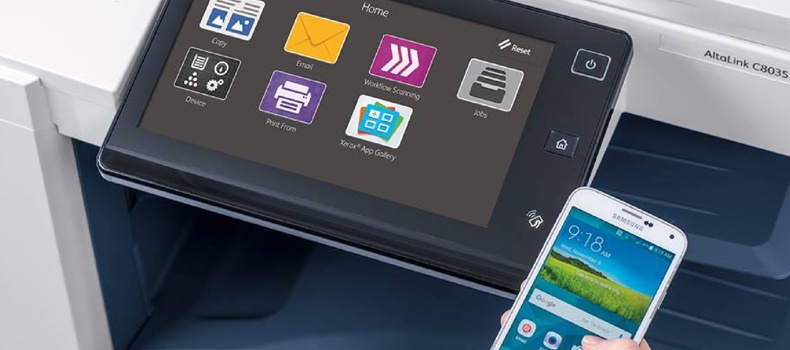Stay up to date with our latest news and insights
Supporting description on the types of content that feature in the blog.

A managed print services (MPS) provider may be tasked primarily with cutting operating spend by reducing printing costs, but they can do so much more.
An exclusive focus on cost-cutting isn’t enough to deliver your business the competitive advantage it needs, and in this post, we’re going to look at three things a good MPS provider will look at, beyond printers.

If your MPS provider suggests that buying new printers will solve all of the challenges you face, they don’t have the long-term vision you need.
Managing your print services isn’t about short-term gain - it’s about driving strategic innovation.
A good MPS provider will think about the printing fleet as a whole, and consider how best it can be used.
Your MPS provider should therefore look at how your current printer fleet is used and suggest new innovations that focus on making the most of processes, consumables and the print devices themselves.
Now we have access to large screen smartphones and tablets, there’s less of a need to reach for the printer when you need a copy of a document.
Despite this, transitioning to a digital-only working environment is challenging, and requires investment, time and a cultural shift.
Good MPS providers understand this, which is why they won’t place a significant emphasis on either hard-copy devices or digital solutions. Instead, they’ll proposal solutions that will help smooth the transition and bridge any gap that exists between the two.
This calls for a mix of digital and hard-copy and a consultative approach to help you deal with the procedural change needed to ensure the business benefits.
Once an MPS provider has identified an opportunity to increase efficiencies within your business, they should be able to lend innovation by introducing processes that are faster, more accurate and less painful for staff.
They’ll look for bottlenecks and focus their attentions on inefficient paper-based processes.
The solution presented may be automation or a new printing service, but the ideal MPS provider will also actively look for ways to make the lives of employees easier.
By helping you adapt to operational change, your MPS provider will simplify workflows for staff, but also lighten the burden on the in-house IT team. They’ll even help with departments such as accounts, by providing a single invoice for all hardware, consumables and software related to print.
The best MPS partners know their service should deliver proactive ideas that help reduce costs, provide better print administration and offer transparent management information. Printers are only the start.
Supporting description on the types of content that feature in the blog.

20-09-2024
Digital document management tools offer a range of compelling benefits for businesses, including a PDF editor, a file converter and a form generator. You can also integrate with digital signatures qui...

20-09-2024
When choosing a SaaS software to deal with your company’s PDF documents and enable forms to be digitally sent and signed, you’ll want a product that’s user-friendly and easy to use. With Tungsten’s Po...

11-07-2024
Belkin is a global technology company that provides high-quality electronics products, from wireless chargers to power banks. Their people-centric approach and best-in-class functionality have positio...